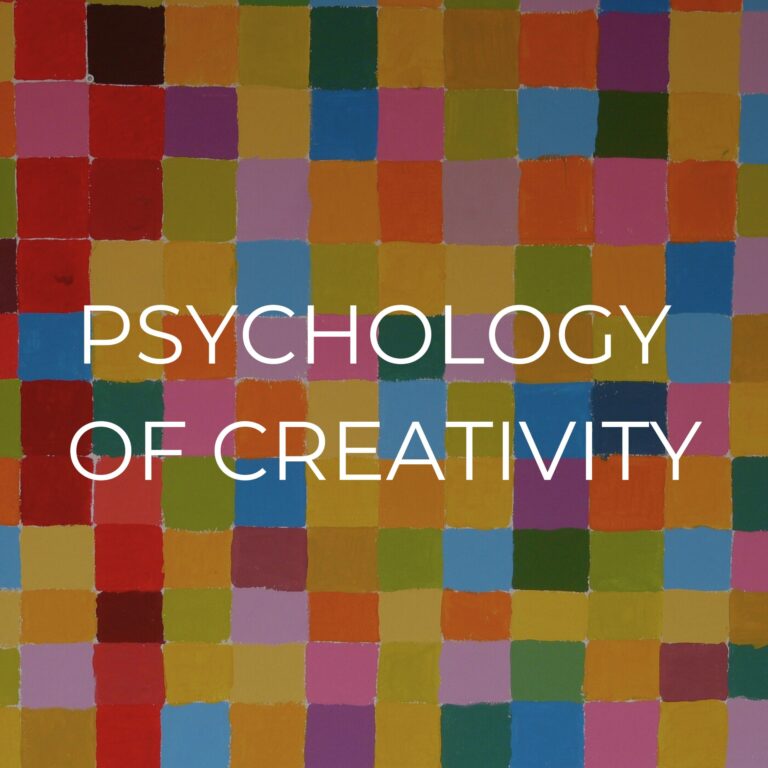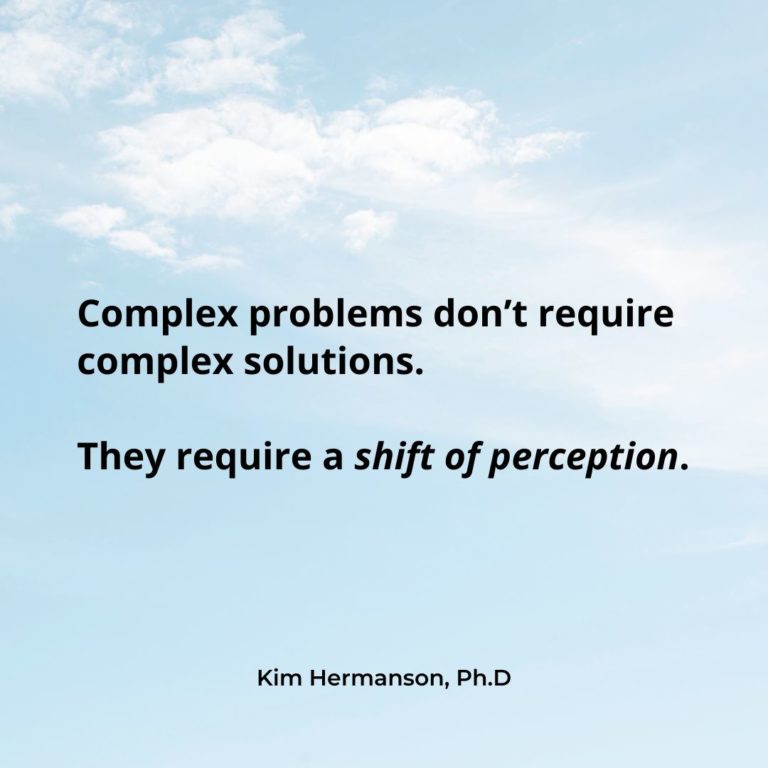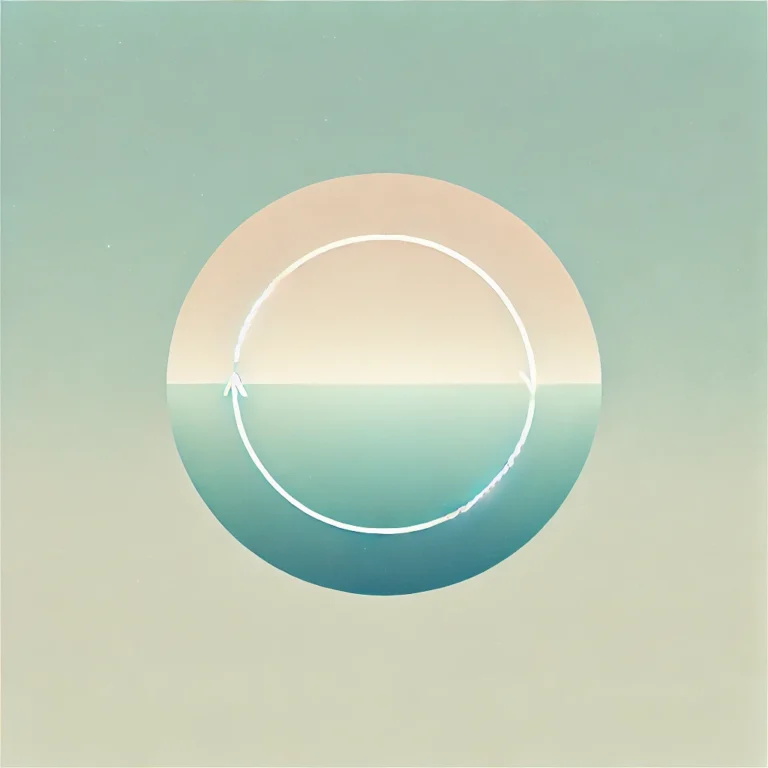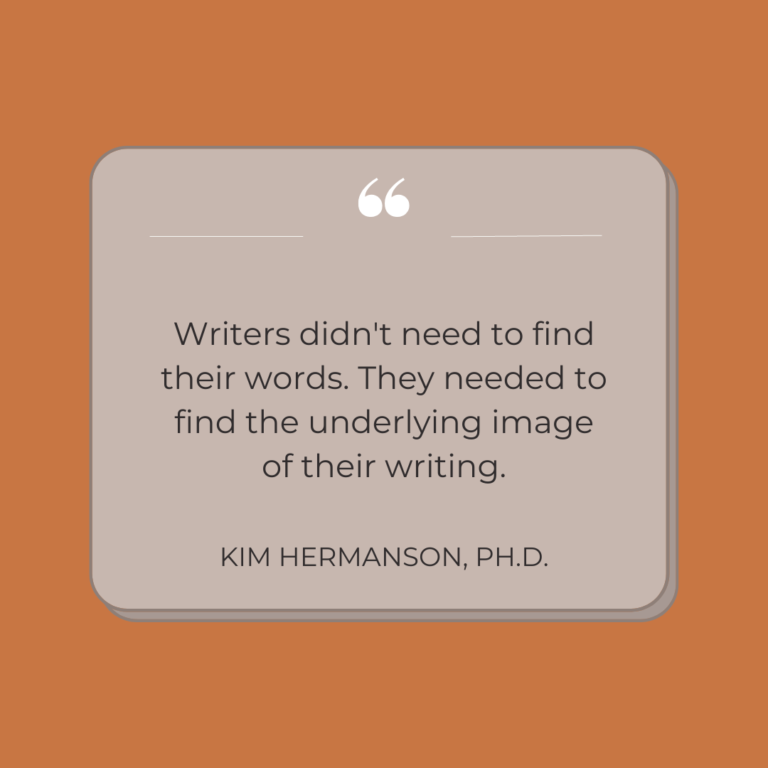Unlocking creative change: The power of space and imagination

I recently met someone who is an international expert on social change movements. Over breakfast at my favorite café we talked about how successful social protests open up space in places where we think there isn’t any space. The conversation fascinated me because I’ve spent the past two years writing a book about metaphor and the creative process… But what I’m really writing about is space. Creative change happens when a certain kind of Space is opened. That’s what I do in Doorway sessions—my client and I open doors to something that we didn’t know existed.
Even though the space (or ground) is what allows transformation to happen, our focus is typically on the figure—or what is happening within a space. In his book Stillness Speaks, Eckhart Tolle writes: “Most people confuse the Now with what happens in the Now, but that’s not what it is. The Now is deeper than what happens in it. It is the space in which it happens.” We have not yet developed ways to see the “space in which it happens.” We might say, “I feel good when I’m in that person’s presence” or “I always have amazing insights in that teacher’s class” or “That person has great energy” but because we have no other way to understand it, we go on about our day and forget about the fertile, creative space that had been opened for us. It stays unseen and unknown.
As a culture, we focus on glamorous Hollywood stars and action heroes. In the fairy tale Cinderella (or at least one version of the tale) Cinderella steps into the pumpkin-turned-stagecoach, and she becomes a beautiful princess. Although we all adore Cinderella, she’s really just a pretty young girl who was transformed into a princess for a night. The pumpkin is where the true power lies. Being able to offer sacred, creative space is more important than any action that happens within that space. But the pumpkin is the ground and not the figure, so we focus on Cinderella and forget about the pumpkin. After all, the pumpkin hasn’t really done anything to our eyes. Opening imaginal space is subtle, it can’t be seen with regular eyes.
Techniques for working with images have been around for a long time, likely long before Carl Jung coined the term active imagination. Visualization is considered by many to be the most powerful way to cure illness, make more money, give a great performance, and so forth. But there’s something else that wants to be known—not the tool or technique of visualizing, but the space within which those powerful images lie. The potential of transformative change lies with a particular kind of ground. After all, the creative process is always in movement—individual images are always shifting and changing into something else. If we really want to understand how creative change happens, we need to explore the terrain where those potent images live.





